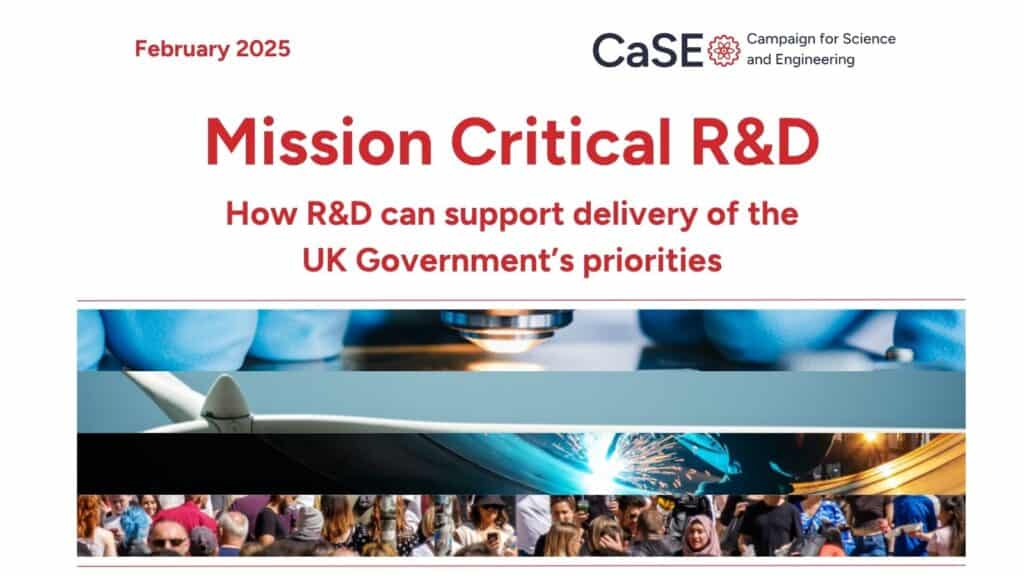We look at the number of students who chose to take A-levels, Highers, and GCSEs in STEM-related subjects.
STEM entries overall
It is encouraging to see that STEM subjects remain popular choices amongst pupils in the UK. At A-level, approximately 44% of all exams sat are in STEM subjects, for the Scottish Highers this is at around 28%. This difference might be explained by students, in general, doing more Highers than A-levels.
For A-levels, in general the trends across STEM subjects are relatively constant compared with previous years. Five of the top ten most popular subjects include mathematics (11.2% of entries), psychology (9.3%), biology (8.6%), chemistry (7.1%) and physics (4.4%). Maths remains the most popular A-level subject overall. For the Scottish Highers, three of the most popular subjects are chemistry, maths and physics, with maths remaining the most popular STEM subject.
The computing A-level saw the biggest increase in take up compared to 2022 (up by 16.7%). This is followed by chemistry (4.08%) and biology (3.71%). The number of students taking psychology also saw an increase (up by 2.23%), and it remains the second most popular subject overall. Despite remaining a top choice overall, physics continued to see a small drop in entry numbers compared to the previous year (a reduction of 3.46%).
Female STEM entries for A-levels
Overall STEM A-level entries show a fairly even split by gender, breaking into 50.09% female and 49.91% male.
There are still large differences in take up between subjects. Psychology (73.37%) and biology (63.6%) remain the most popular scientific subjects amongst girls, with girls also accounting for 56% of chemistry students. In contrast, physics and computing continue to have some of the lowest proportions of female students, at 23% and 15.1% respectively. Overall, these differences have been stubbornly persistent over the last few years. More needs to be done to address the persistent gender divides in many STEM subjects.
Overall, it is positive to see an increasing number of students taking up STEM subjects year on year. In the longer term, the drive to become more research-intensive will require a larger pipeline of young people becoming scientists, researchers and technicians, to ensure we can meet future skills needs. In our report, The Skills Opportunity, we highlight the importance of attracting more young people to consider a future in science and engineering.
GCSE entries
We also take a look at the STEM subject choices of this year’s GCSE cohorts.
Updated Thursday 24th August 2023
GCSE entries overall
At GCSE, almost 44% of all exams sat are in STEM subjects. Four of the top ten most popular GCSEs include Science: Double Award, Maths, Biology and Chemistry. Entries for both the core curriculum (maths, physics, biology and chemistry) and non-core curriculum (which includes subjects like computing, social sciences and design and technology) have stayed level compared to 2022, with 39.4% and 4.6% of entries respectively.
Female STEM entries for GCSEs
Girls made up around 47% of total STEM entries, which is the same as 2022. There was a slight drop in female entries in ‘core sciences’ compared to 2022, with 49% of female students enrolled in biology, chemistry and physics collectively. This year largely saw a continuation of trends from previous years, with non-core sciences showing large differences in take up between girls and boys.



